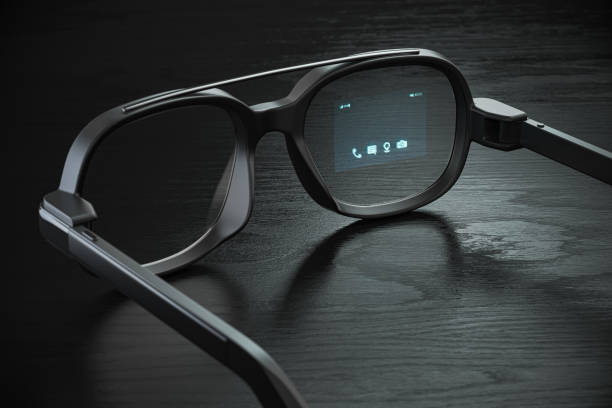The Future of Augmented Reality Smart Glasses: The Next Frontier in Wearable Tech
In our rapidly evolving digital age, one piece of tech stands out as an exciting development: augmented reality (AR) smart glasses. This revolutionary wearable technology promises to blend the digital and physical realms, providing a seamless and immersive experience. This article explores the past, present, and future of AR smart glasses, providing a comprehensive overview of this exciting tech frontier.

The Emergence of AR Smart Glasses
AR smart glasses have a relatively short history, with the first notable development happening in the early 2010s. Google’s Google Glass, introduced in 2013, was one of the first commercial AR devices. However, the product faced significant criticism for its design and privacy issues, leading to its discontinuation in 2015.
Despite this early setback, tech companies didn’t abandon the idea of AR glasses. Instead, they learned from Google’s mistakes and focused on improving both the design and functionality of these devices. Microsoft, for instance, launched its HoloLens in 2016, a more sophisticated AR headset targeted at professional and industrial use.
AR Smart Glasses Today: The Current Landscape
Fast forward to today, and the AR glasses market is bustling with activity. Tech giants like Apple, Microsoft, and Facebook are all reportedly working on their versions of AR glasses. Facebook, for example, has partnered with Ray-Ban to create stylish AR glasses, which are expected to hit the market in the next few years.
While most of these devices are still in the developmental stage, some companies have already launched their AR glasses. The Vuzix Blade, for instance, is a commercially available pair of AR glasses that offer a wide range of applications, from navigation to gaming.
The Future of AR Smart Glasses: What Lies Ahead?
The future of AR glasses looks promising, with experts predicting significant growth in the market. According to a report by Grand View Research, the global AR glasses market is expected to reach $31.3 billion by 2025.
Several potential developments could drive this growth. For instance, the integration of 5G technology into AR glasses could provide the high-speed data transfer required for real-time AR experiences. Likewise, advancements in battery technology could lead to longer-lasting devices, enhancing their usability and appeal.
The Impact of AR Smart Glasses
AR glasses have the potential to revolutionize various sectors. In the entertainment industry, for instance, they could provide immersive gaming and movie experiences. In the workplace, they could enable remote collaboration and hands-free data access. In healthcare, they could assist in surgical procedures and patient care.
However, the introduction of AR glasses also raises several concerns. Privacy and security are significant issues, as these devices could potentially record and store sensitive data. There are also concerns about the social impact of AR glasses, as they could lead to increased screen time and reduced human interaction.
The Cost and Market Impact of AR Smart Glasses
The price of AR glasses varies greatly, ranging from a few hundred dollars for basic models to several thousand for high-end devices. As the technology matures and becomes more mainstream, prices are expected to become more accessible.
In terms of market impact, AR glasses could disrupt several industries, from entertainment and gaming to healthcare and education. They could also pose a significant threat to the smartphone market, potentially replacing these devices as the primary means of digital interaction.
In conclusion, AR smart glasses represent an exciting frontier in wearable tech. While there are challenges to overcome, the potential of these devices to transform our interaction with the digital world is truly staggering. As we move forward, it will be fascinating to see how this technology develops and shapes our future.





